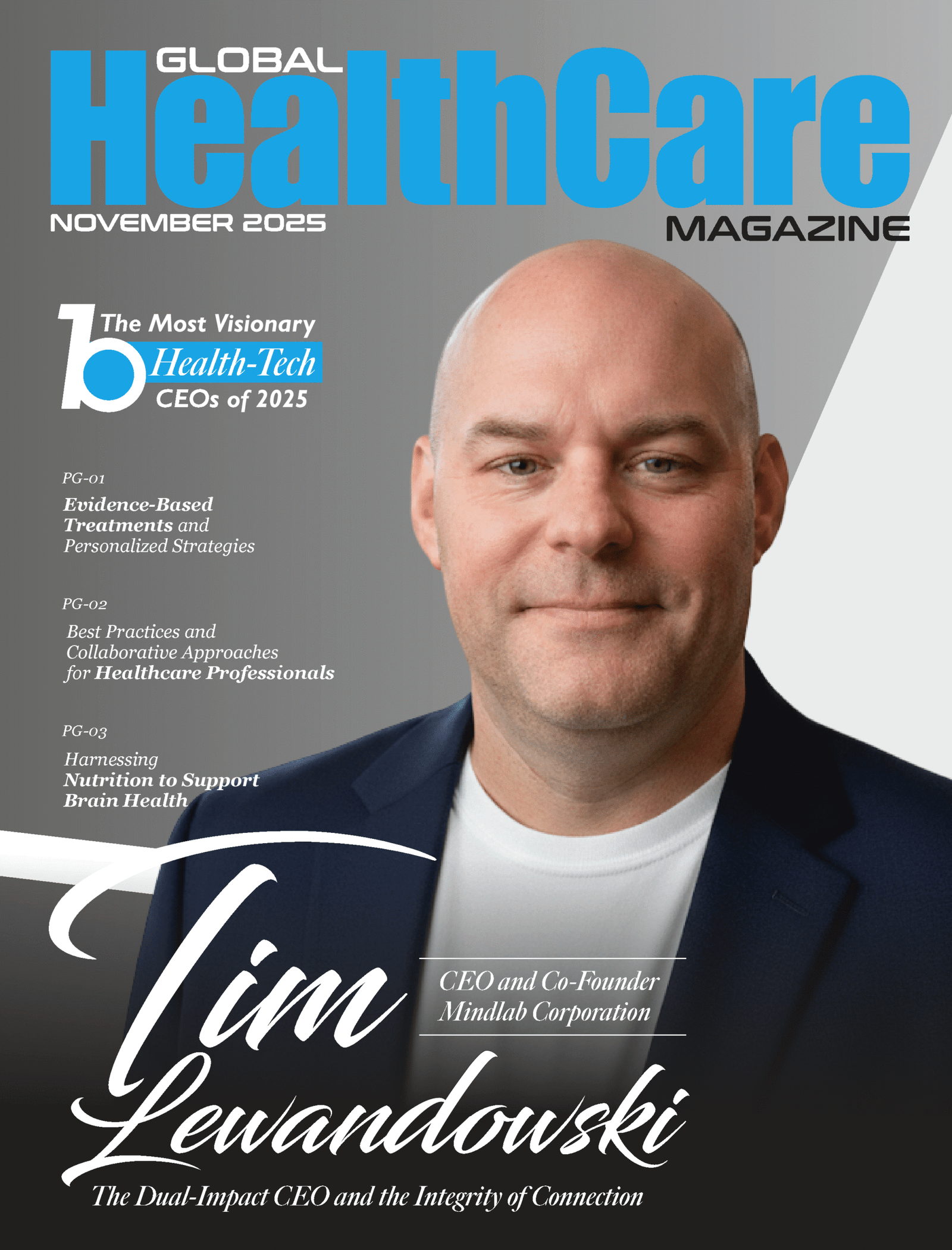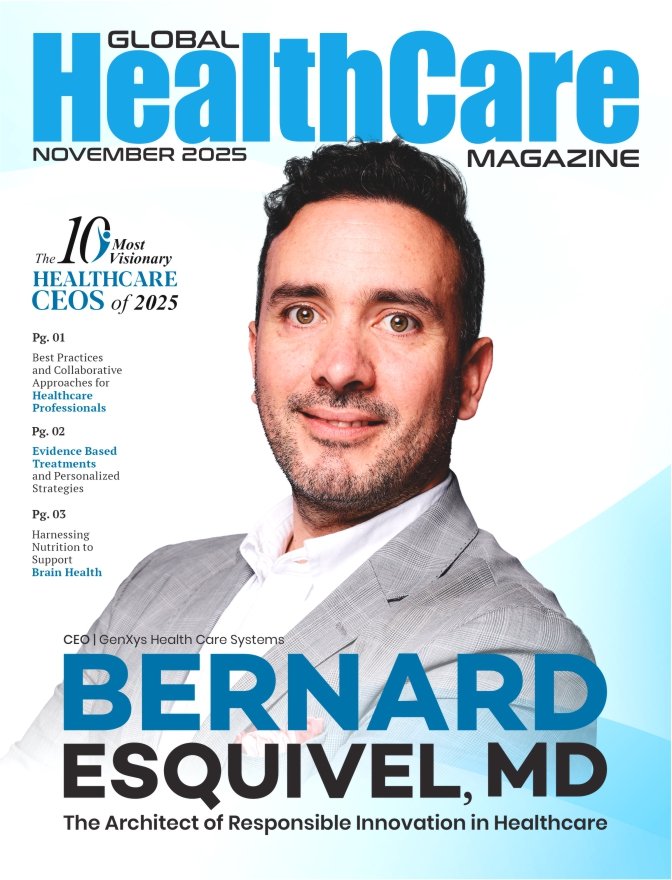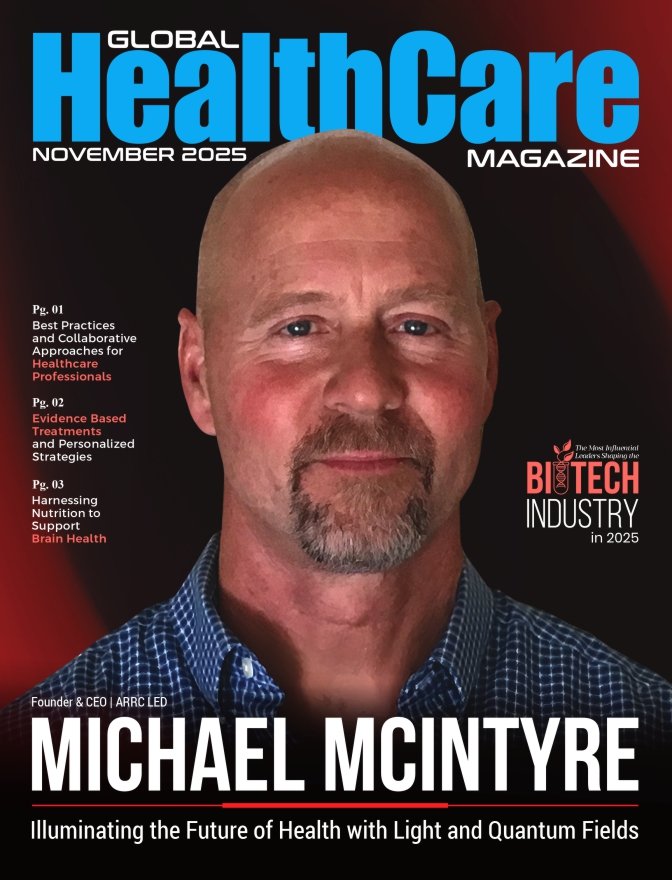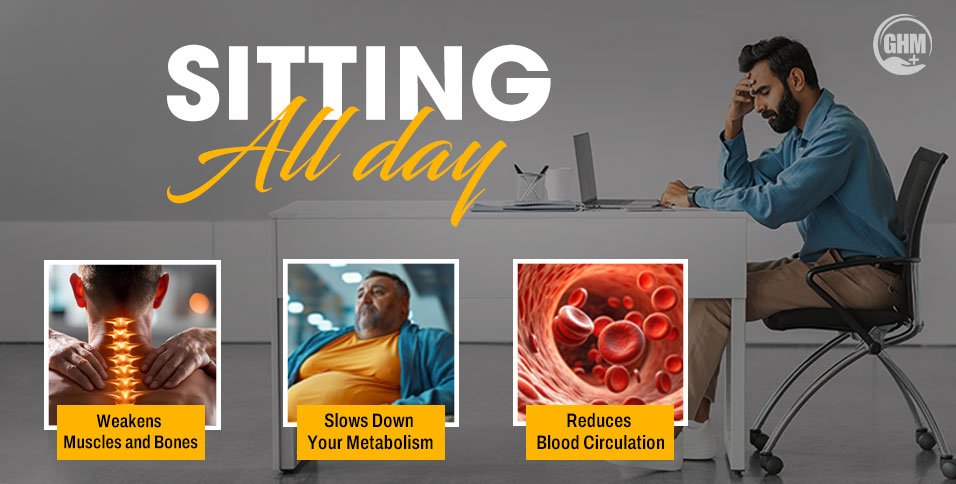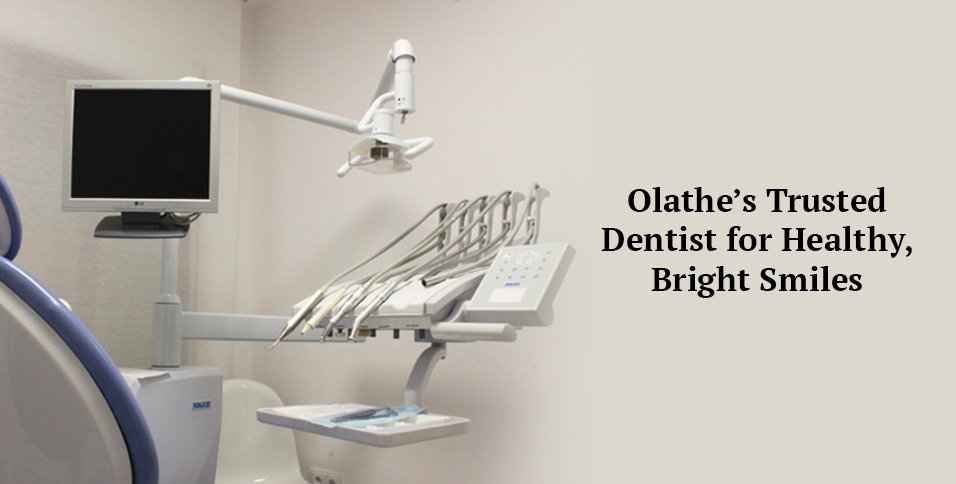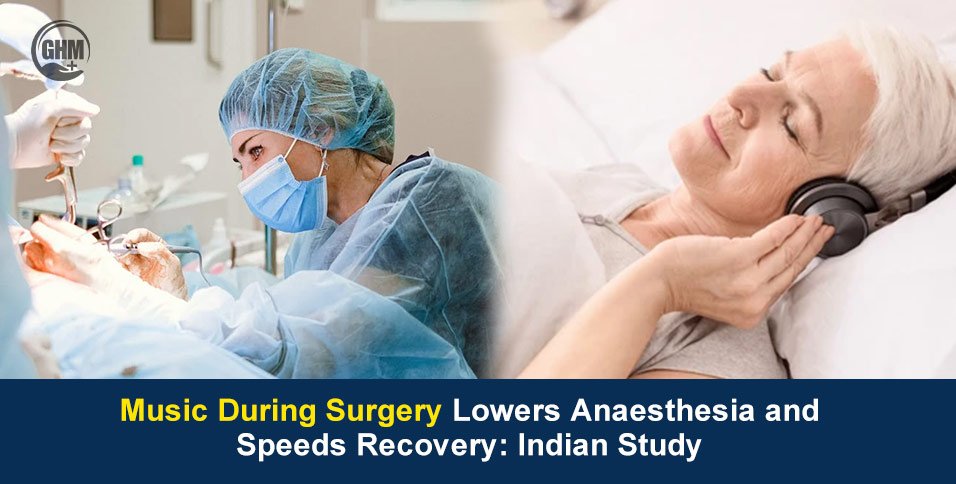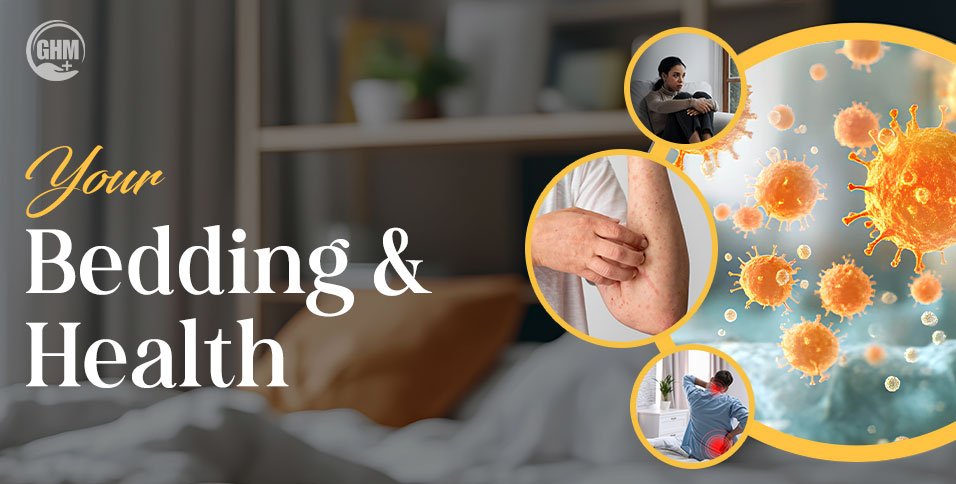Sometimes innovation starts not with ambition, but with discomfort. For Artem Semjanow, it began with his own feet. Flat-footed since childhood, he had grown familiar with the frustration of ill-fitting shoes and the quiet pain of over-pronation. It was the kind of problem that hides in plain sight—mild enough to ignore, but persistent enough to shape your days. Years later, as he watched people around him struggle with similar musculoskeletal issues, Artem began to ask a deceptively simple question: What if your phone could see what a doctor sees?
That question became the seed of Neatsy.ai, a health-tech company now recognized for its AI-driven musculoskeletal diagnostics. From a single iPhone camera, Neatsy turns photos of feet, knees, and spines into insights about pain, posture, and joint alignment. What began as a personal curiosity has evolved into a diagnostic tool with the potential to redefine orthopedic and physical therapy care.
From Prisma to Precision
Before Neatsy, Artem was already known in the tech world. As the former CEO of Prisma Labs, he helped bring AI-powered visual tools like Prisma and Lensa to millions of users. But as he moved deeper into AI research, the novelty of filters and creative apps began to feel limiting.
“I wanted AI to do something that truly mattered,” he once said in an interview. “Something that could improve lives in a tangible way.”
That desire steered him toward healthcare, an industry massive in scale—over one trillion dollars in musculoskeletal and orthopedic costs alone—and ripe for transformation. Together with a small team of engineers and medical researchers, Artem began experimenting with the iPhone’s TrueDepth camera system, the same technology used for Face ID. The idea: to turn a device everyone carries into a diagnostic instrument.
It took nearly eighteen months of trials, errors, and recalibrations. They tested Apple’s ARKit, then photogrammetry, and eventually developed their own patented algorithm capable of reconstructing three-dimensional models of the human foot with clinical precision.
When Pain Meets Pattern Recognition
At its heart, Neatsy is an app that listens to the body through visuals. Using the smartphone’s camera, users capture images of their feet or posture. The AI then analyzes joint angles, arches, and asymmetries that could signal issues like flat feet, pronation, or scoliosis.
What makes it remarkable is how seamlessly it blends clinical insight with consumer simplicity. A process that once required an in-person appointment with an orthopedist can now happen from a living room. The AI doesn’t just assess—it recommends. It can suggest personalized physical therapy exercises, orthotic insoles, or even warn when professional attention is needed.
In the background, Neatsy’s algorithms are learning from every image, refining their understanding of how posture and pain correlate. The team works closely with physicians and physical therapists, ensuring that what the AI “sees” aligns with what a doctor would notice.
“The hardest part,” Artem explains, “is not training the AI to detect features. It’s training it to understand context—the human side of movement.”
The Turning Point
In its early phase, Neatsy followed a consumer-first model. Users could scan their feet and find better-fitting shoes online. It was a clever idea, but as the team soon realized, affiliate tracking systems weren’t enough to sustain growth. The real opportunity lay in the intersection of healthcare and data-driven insight.
The company pivoted to a B2B model, offering its patented 3D scanning and diagnostic technology to medical providers and telehealth platforms. That shift attracted investor attention and led to a $1 million seed round. Recognition from Techstars in 2023 further accelerated their journey, validating Neatsy’s potential to bridge AI and clinical care.
Today, the app doesn’t just fit shoes—it fits solutions. For doctors, Neatsy offers remote diagnostics that increase patient throughput. For patients, it delivers affordable, accessible self-care tools, especially valuable in a world where mobility and access to specialists can’t be taken for granted.
Humanizing the Algorithm
Artem’s leadership style reflects a paradox—rigor and empathy intertwined. His background in AI research gives him the precision of an engineer, while his personal connection to the problem gives him the patience of a patient.
He speaks often about designing technology that listens, not just calculates. “People think AI is about intelligence,” he once said. “But the best AI is about understanding.”
Under his guidance, Neatsy has collaborated with medical researchers at Harvard Medical School to validate their models. The company’s privacy-first philosophy ensures that all processing happens directly on the user’s device—data is never sent to the cloud. This technical choice, while complex, reflects Artem’s core belief: that trust is as important as innovation.
Reimagining Care, One Step at a Time
The broader vision extends beyond feet or posture. Artem sees Neatsy as part of a movement to democratize musculoskeletal health, a field often overshadowed by cardiology or neurology despite its vast human and economic impact.
Musculoskeletal disorders affect more than 1.7 billion people worldwide. Many of them never receive early intervention. Neatsy’s tools make it possible for someone in a small town—or even another continent—to begin understanding their condition before it worsens.
By capturing the body’s geometry, the app captures something deeper: the quiet signals of strain, imbalance, and resilience that define human movement. Each scan becomes a story of how technology can help us reconnect with our own physical reality.
A Future Measured in Movement
Looking ahead, Artem envisions expanding Neatsy’s reach into spine and knee diagnostics, integrating generative AI chat for personalized care guidance, and enhancing physical therapy recommendations. His dream is not to replace doctors but to amplify their reach.
The idea is deceptively simple yet deeply transformative: to make healthcare proactive rather than reactive, to detect patterns of pain before they evolve into injuries, and to ensure that knowledge—once locked in clinics—flows freely into people’s hands.
In that sense, Neatsy is not just a company. It is a philosophy in code form. It asks us to look again at the familiar—our phones, our steps, our pain—and see potential where inconvenience once lived.
The Quiet Courage of Curiosity
Artem’s story is not about grand gestures but about persistent curiosity. Like the best kind of innovators, he obsesses over the invisible details that others overlook: the curve of an arch, the subtle tilt of a knee, the way technology might learn empathy through observation.
There is something quietly human in that pursuit. A reminder that innovation does not always roar. Sometimes, it walks—patiently, precisely, one measured step at a time.
Also Read: The Most Prominent Leaders in Foot Care & Lower Limb Health to Watch in 2025



